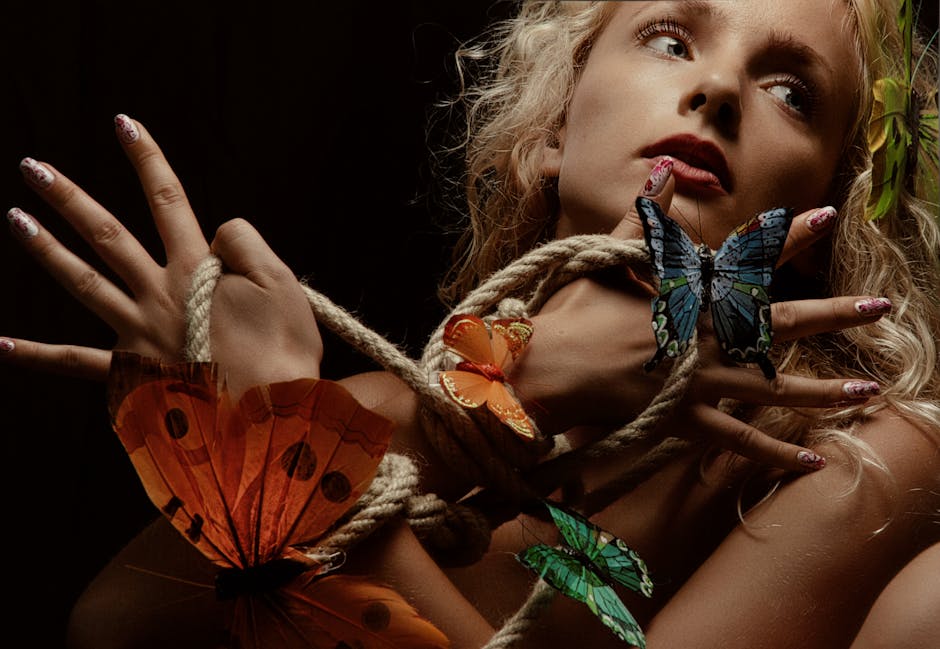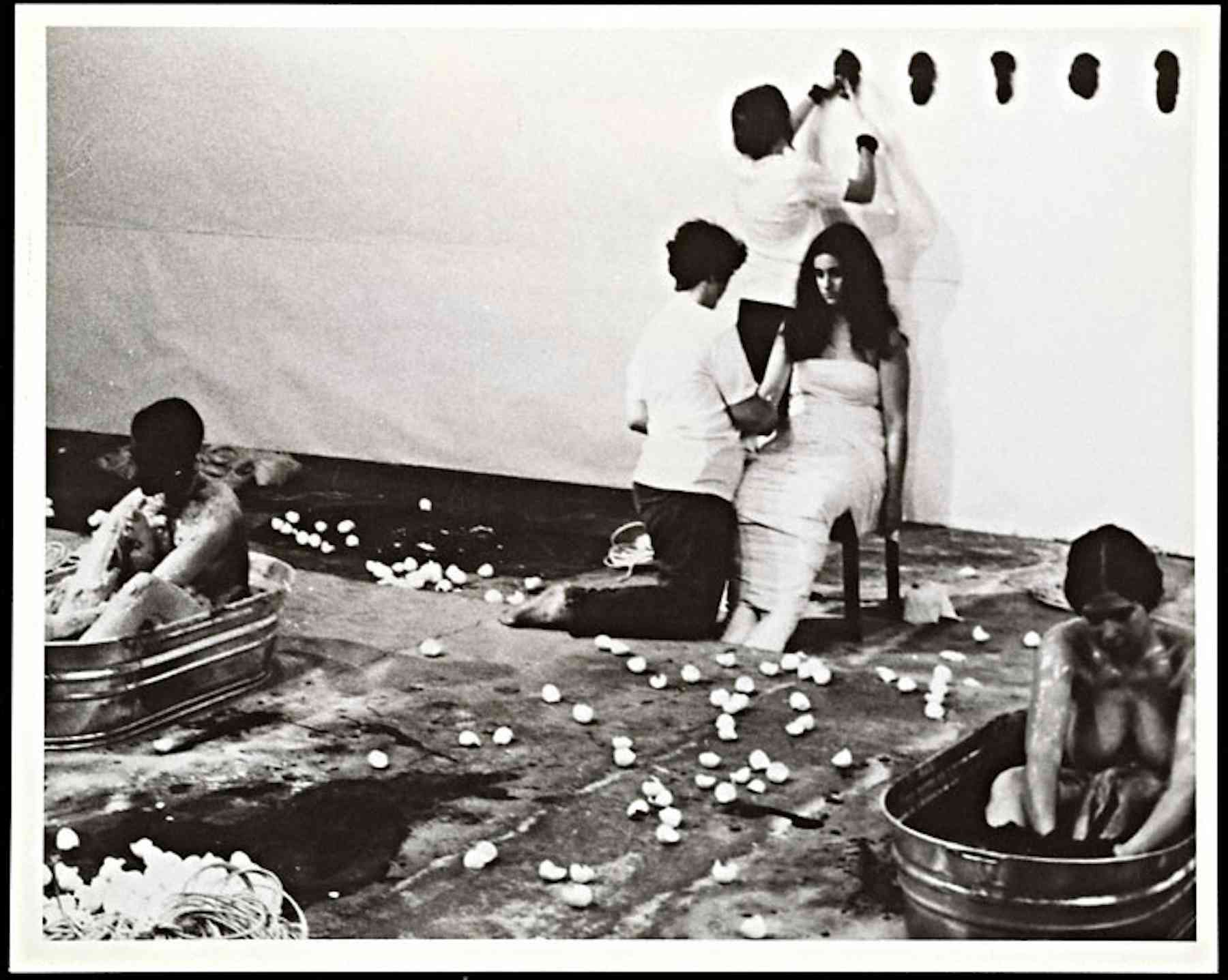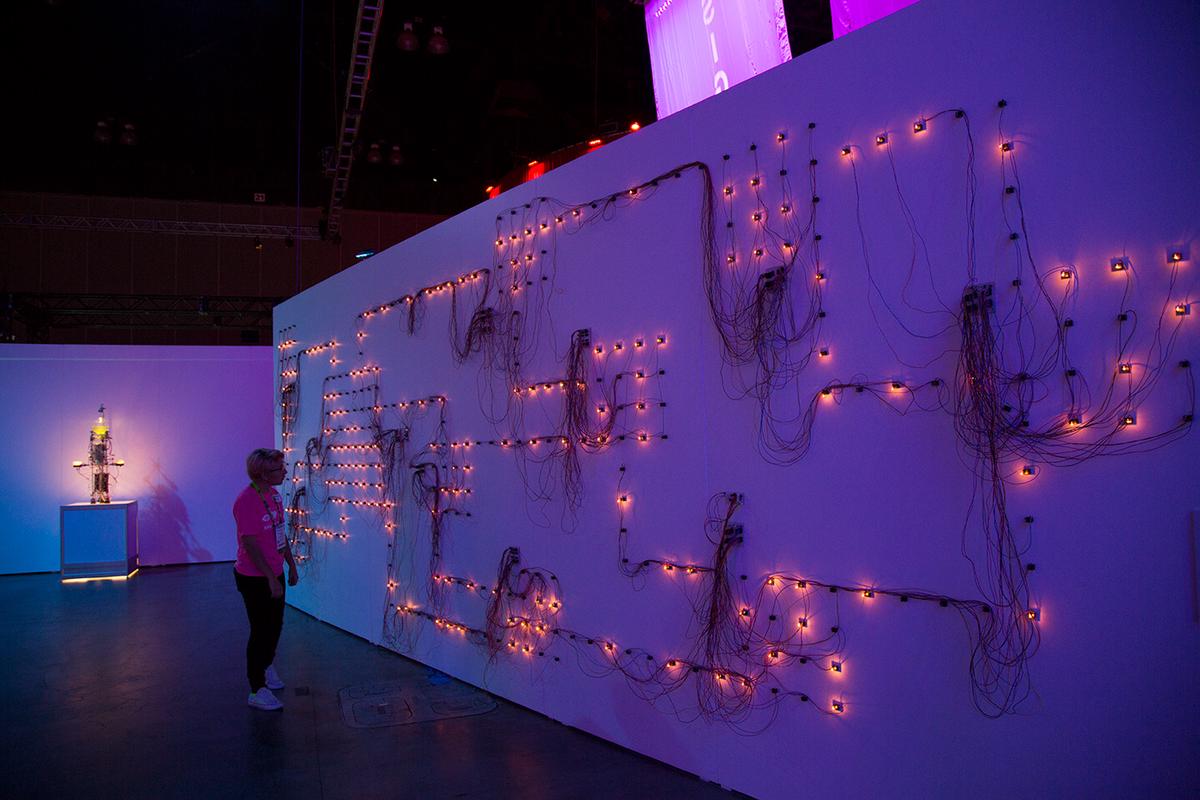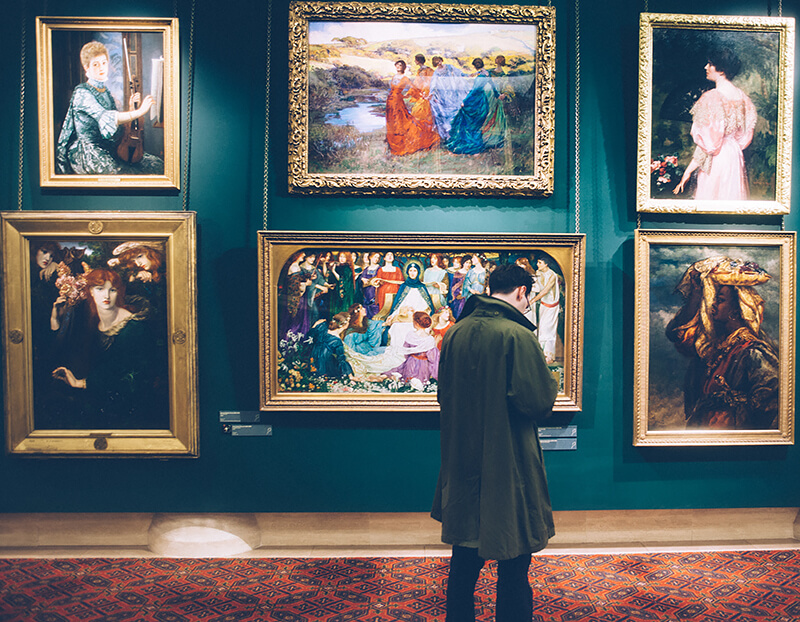Feminist performance art has long been a force for challenging societal norms and redefining perspectives. Through innovative expressions, artists have questioned traditional views on gender and identity, inviting audiences to reconsider their perceptions. This form of art has become a platform for voices that demand to be heard, sparking conversations that resonate deeply with contemporary issues.
The Male Gaze and Its Subversion
Feminist performance art excels at turning the tables on how we see things—or more specifically, how we're told to see things. Instead of conforming to the male gaze, these artists challenge it. Orlan, for one, flips the script with surgical precision, literally. She's undergone plastic surgeries in front of cameras, crafting a spectacle that questions what it means to be "beautiful." The operating room becomes her theater, where transformation critiques society's strict beauty standards.
Cindy Sherman is another artist in this arena, using disguise to play with identity. She dons wigs and costumes, morphing into characters that echo stereotypes of femininity. Each outfit becomes a story, each persona a test of society's labels. Sherman's work is like looking through a kaleidoscope of the feminine experience. The viewer becomes a voyeur, compelled to confront their assumptions. Where the male gaze seeks to categorize, Sherman blurs the lines, leaving the observer questioning who is really in control.
On the stage, these feminist performance artists become directors of their own stories. Where they're expected to be static, they are fluid. Through their art, they don't just reject being seen as objects—they explore what it means to be a subject, with all the texture and nuance this entails.
In these performances, the built illusions speak volumes and become both mirror and window, inviting the audience to peer inside while reflecting back the viewer's gaze. Whether through the scalpel or the lens, these artists upend expectations, challenging the spectator to think twice about what they're really seeing. The result? A stage where gender roles twist like vines, climbing towards something far more intricate and human.

Body as a Medium
Hannah Wilke and Karen Finley use their bodies as a canvas rich with meaning. Wilke's work is a dialogue between the perceived and the visible, using her own form to protest against reductive standards of beauty. In her piece "S.O.S. Starification Object Series," she adorns her skin with small, vulva-like shapes crafted from chewing gum. Her photographs mimic pin-up aesthetics, yet they subvert this by inviting the viewer not to ogle but to reflect.
In Wilke's work, gum becomes a reminder of consumption—both physical and visual. Her body, covered in what resembles scars, echoes the silent stories of women shaped by the relentless male gaze. If art is a conversation, then Wilke's is a spirited one, filled with defiance and vulnerability.
Karen Finley's use of her body is more confrontational. Known for performances like "We Keep Our Victims Ready," Finley uses her physical presence to literally paint her dissent. Chocolate syrup, glitter, and other materials become part of her protests. Finley's stage becomes a chaotic palette where societal taboos are challenged.
Finley doesn't just play with food; she serves her audience a raw plate of social critique. Her body is both medium and message, a living protest against a culture that attempts to mold women into complacency. Her work isn't merely about being seen; it's about turning the lens to make society see itself.
Both Wilke and Finley use their bodies as tools of rebellion, deconstructing the perspectives imposed on women's bodies. They strip away the layers of societal varnish, not to render raw objects but to sculpt powerful subjects chiseled by experience and creativity. In their hands, the body is more than a sight to behold; it's an instrument that plays a symphony of strength, calling out everything from patriarchal biases to modern-day hypocrisy.

Intersection of Art and Activism
Feminist performance art intertwines with activism that challenges patriarchal authority. These artists transform performance into statements of resistance, fueling a dialogue that reverberates through political and social landscapes. It's an art form where the canvas isn't static; it breathes, moves, and defies conventional boundaries.
Rima Najdi injects her performances with a deep sensitivity to identity and belonging. Her work confronts and renegotiates identity, gender, and mobility. Najdi's performances are a saga of vulnerability and resilience, as she grapples with the intimate and the political. Her piece "Think Much. Cry Much." challenges audiences to consider the implications of state-imposed boundaries. Najdi's art entwines her personal history with broader political themes, transforming the stage into a battleground for discourse and change.
Kembra Pfahler's work commandeers the performative as both weapon and shield. A fixture in the glam-punk-rock lineage, Pfahler's audacious displays are more than spectacle—they're a rallying cry for self-empowerment and critique of oppressive beauty standards. Her concept of "Availabism" acts as a guide for utilizing available resources to defy mainstream conventions. Pfahler's performances reclaim and redefine raw female power, unfurling into a story of resilience amidst societal constraints.
Together, Najdi and Pfahler weave their performances with the threads of protest. They merge art and activism, creating spaces where challenging the status quo is necessary. Their work offers a fresh lens through which to view societal norms—one that requires the audience to question, to feel, and to change.
This intersection of art and activism is the beating heart of feminist performance art. It turns passive observers into active participants in a dialogue that encompasses identity, agency, and defiance. The stage becomes a canvas for social commentary, the performers architects of a new perspective where resistance finds voice through visceral expression.
Historical Context and Evolution
Feminist performance art finds its roots in the 1960s and 1970s, a period marked by radical shifts in social norms and activism. It was a time when the personal collided with the political, giving rise to an art form that would reshape cultural dialogues and challenge entrenched paradigms. Emerging amidst the clamor for civil rights, gender equality, and anti-war protests, feminist performance art sought to disrupt the status quo and manifest a new perspective—one where women reclaimed agency and declared their presence in spaces traditionally overshadowed by male voices.
Yoko Ono, a pioneer in the Fluxus movement, brought a unique blend of introspection and provocation to performance art. Her piece "Cut Piece" invited the audience to participate actively, as they took scissors and snipped away pieces of her clothing. This act dismantled the gaze and questioned the dynamics of power, control, and vulnerability.
Carolee Schneemann used her body as a tableau for feminist critique and celebration. Her performance "Interior Scroll" literally unspooled a text from her body, challenging the male-dominated discourse of the time while confronting the viewer with the raw reality of female experience.
Marina Abramović's bold, boundary-pushing performances became synonymous with endurance and vulnerability. In "The Artist is Present," Abramović sat silently for three months, inviting viewers to sit across from her and share a moment of unspoken connection. This intimate engagement upended traditional perspectives of passive viewership, turning the performance into a shared human experience.
These trailblazers wove a pattern of resistance, inviting both audiences and future artists to consider the myriad ways in which art can be an act of protest, a declaration of autonomy, and a message of solidarity. Their groundbreaking contributions laid the cornerstone for later generations, allowing feminist performance art to evolve and expand into new forms and ideas.
As the movement grew, it drew in varied experiences, adapting and responding to the unique challenges faced by women and minorities around the globe. In this dynamic genre, feminist performance art continues to resonate, challenge, and inspire, ensuring that the stage remains a powerful platform for change and reflection.

Contemporary Relevance
The current landscape of feminist performance art is a vibrant canvas where contemporary artists propel the movement forward, continuously pushing the boundaries of gender, identity, and power dynamics. Today, this art form carries the legacy of its pioneers while innovatively adapting to modern contexts and technologies. The digital age has expanded the stage, opening new platforms where performance art can engage with broader audiences, unsettle societal norms, and sharpen dialogues about inclusivity and resistance.
Artists like Narcissister and Rima Najdi are at the forefront of this evolution, each harnessing their unique styles to question and redefine the lines between performance and activism. Narcissister uses spectacle and humor to tackle themes of fetishization, race, and beauty, transforming the mundane into a stage for social commentary. Her work is both a mirror and a sledgehammer—reflecting societal obsessions while methodically dismantling them.
Rima Najdi's performances examine the intersections of identity and geopolitical boundaries. By weaving personal stories with political complexities, Najdi's art challenges us to confront the invisible borders we encounter daily, both physically and ideologically. Her work serves as a reminder that art is inseparable from activism and that the body remains a powerful tool for challenging the status quo.
Feminist performance art's contemporary relevance is also underscored by the diversity of voices contributing to its evolution. Artists who are women of color, LGBTQ+, and from various cultural backgrounds bring vital perspectives that enrich and expand the conversation. Their experiences shape a refreshed outlook that acknowledges the multifaceted reality of identity.
The power of the internet as a platform has magnified the reach and impact of these creative provocateurs. Live-streamed performances, virtual reality, and social media have altered the spectatorship, making feminist performance art more accessible and participatory. Artists can now challenge global audiences to re-evaluate ingrained perceptions and engage with pressing issues such as body politics, systemic injustice, and representation, all in real time.
The relevance of feminist performance art today lies in its ability to adapt, to frame urgent questions of agency and autonomy within a constantly shifting societal landscape. Whether it's through visceral acts on stage or digital provocations, the performers of our era have crafted a genre that refuses to settle into the confines of tradition, instead breathing new life into the resistance that both unites and empowers.

Feminist performance art continues to be a powerful medium for challenging and reshaping societal norms. By pushing boundaries and engaging audiences, it remains a testament to the enduring strength and creativity of those who dare to question and redefine the world around them.
- Forte J. Women's Performance Art: Feminism and Postmodernism. Theatre Journal. 1988;40(2):217-235.
- Phelan P. Survey. In: Reckitt H, ed. Art and Feminism. Phaidon Press; 2001:14-49.
- Wilke H. Through the Large Glass. Performance at Philadelphia Museum of Art; 1976.
- Export V. Tap and Touch Cinema. Performance series; 1968.
- Abramović M. The Artist is Present. Performance at Museum of Modern Art, New York; 2010.






















